
Authors: Margaret Means, MD; Sonika Agarwal, MBBS, MD
Children’s Hospital of Philadelphia
Reviewed: September 2021
SUMMARY
Spasticity is a term used to describe a muscle and joint condition in children. In this condition, a child’s joints are more difficult to move and bend due to tightness in the muscles. Examples of affected joints are knees, elbows, and ankles.
Spasticity can have many different causes. They are usually related to a spinal cord or brain problem.
Spasticity can be diagnosed by a physical exam. Usually, specialists make the diagnosis. The specialists might be:
- Pediatric neurologists: These are children’s brain doctors.
- Rehabilitation or therapy specialists: Therapies may include physical therapy, speech therapy, occupational therapies, and other types. These specialists treat issues related to muscle tone, movements, or postures.
After diagnosis, a doctor may order imaging studies of the brain or spinal cord to look for a cause. Depending on the cause, children may have other signs and symptoms in addition to spasticity.
JUMP TO
Disorder Overview
DESCRIPTION
Any number of different issues in the brain or spinal cord can cause spasticity. This is because our muscles are controlled by nerves. Nerves connect muscles to the spinal cord and brain. A problem at any point along a nerve pathway can lead to spasticity. Spasticity is a sign of an underlying problem in the nervous system.
Children with spasticity may have:
- Arms or legs that are difficult to move due to muscle tightness
- More muscle resistance to stretching and movement
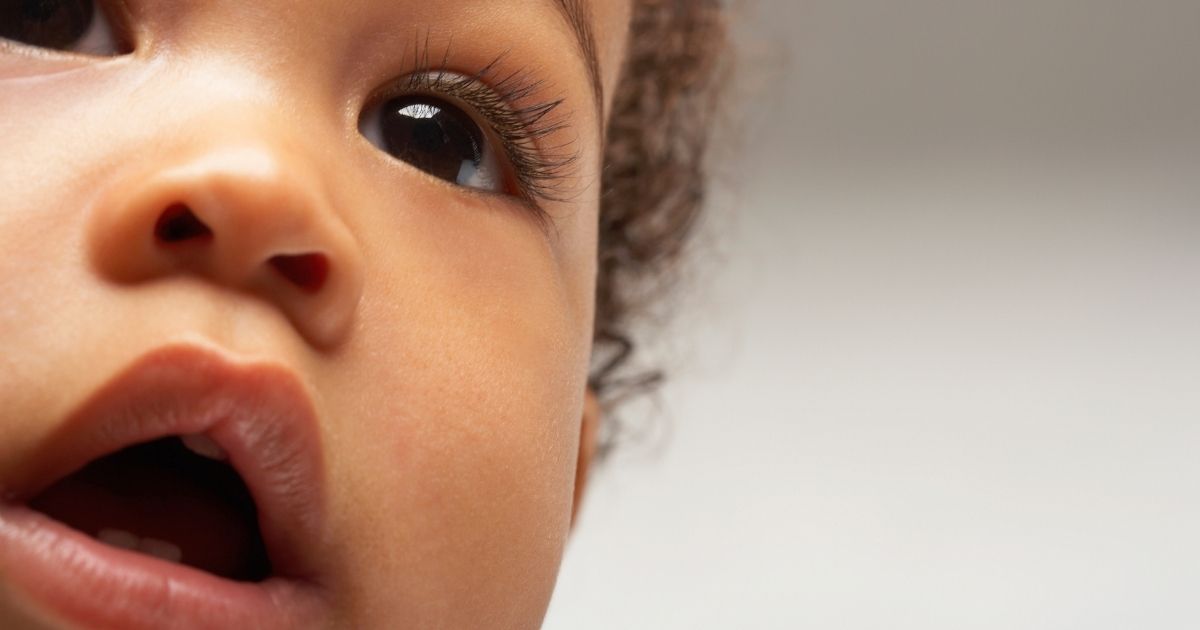
SIGNS AND SYMPTOMS
Signs
There are several signs of spasticity:
Resistance
Range
Spasticity can appear:
- Shortly after birth
- Later in life, if a child has an injury to the nervous system
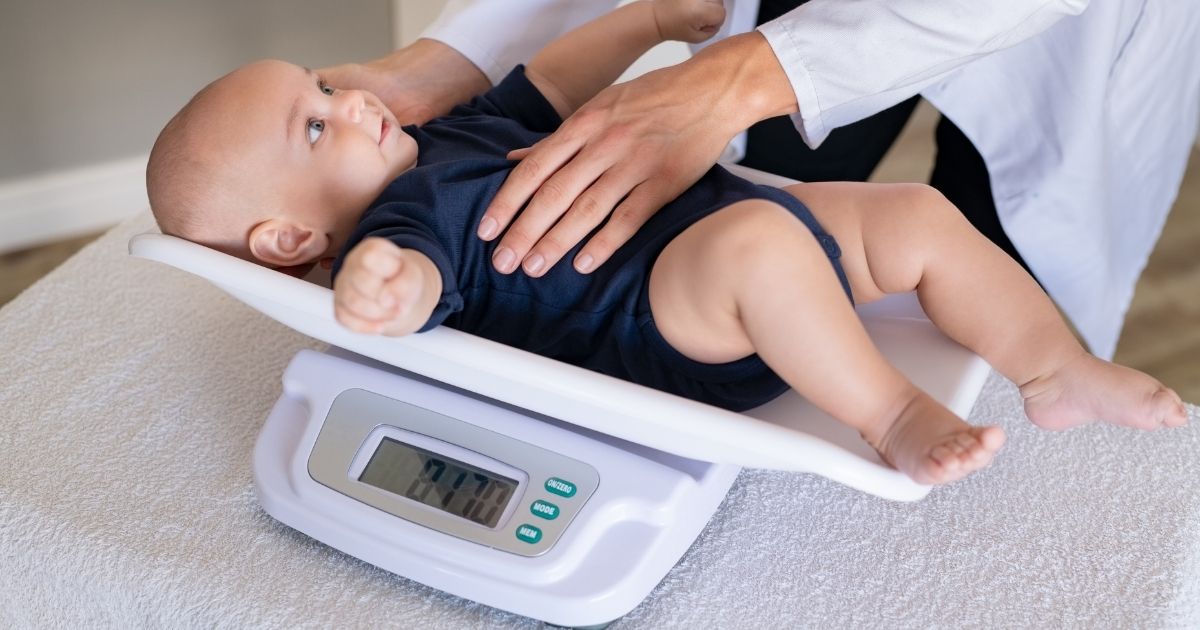
Symptoms
Possible symptoms include:
- Muscle stiffness
- Pain
- Muscle spasms
- Clonus, or repeated muscle contractions
- Scissoring (involuntary crossing) of the legs
- Contractures, or fixed joints that cannot be moved
- Difficulty moving the affected limbs
- Difficulty walking
- Changes in sensation
A child may have other symptoms, too, depending on the underlying cause of the spasticity.
For example:
Stroke as underlying cause
Some children have spasticity resulting from a stroke that occurred prior to birth. Depending on where the stroke was in the brain, it may cause spasticity as well as other symptoms. For instance, it may cause developmental delays or muscle weakness on one side of the body. It may cause learning difficulties.
CAUSES
There are many different possible causes of spasticity. It can be caused by anything that damages the nerves in the brain or spinal cord. Spasticity develops after a certain period of time following the damage.
Some examples of causes include:
- Premature birth
- Strokes
- Infections
- Genetic conditions
- Tumors
- Metabolic diseases
- Toxins
- Trauma
INVESTIGATIONS
Clinical Exams
A diagnosis involves examining the child’s joints and muscles. A child with suspected spasticity will be referred to a child neurologist and a rehabilitation specialist.
The neurologist will:
- Take a complete health history, including family history, birth history, and medical/surgical history
- Perform a physical exam
- Recommend any further testing needed: neuroimaging, laboratory studies, genetic studies, etc.
- Refer to other specialists as necessary
The rehabilitation specialist will:
- Perform an exam: assess tone, range of movement, posture and recommend therapies
- Recommend medications for tone management
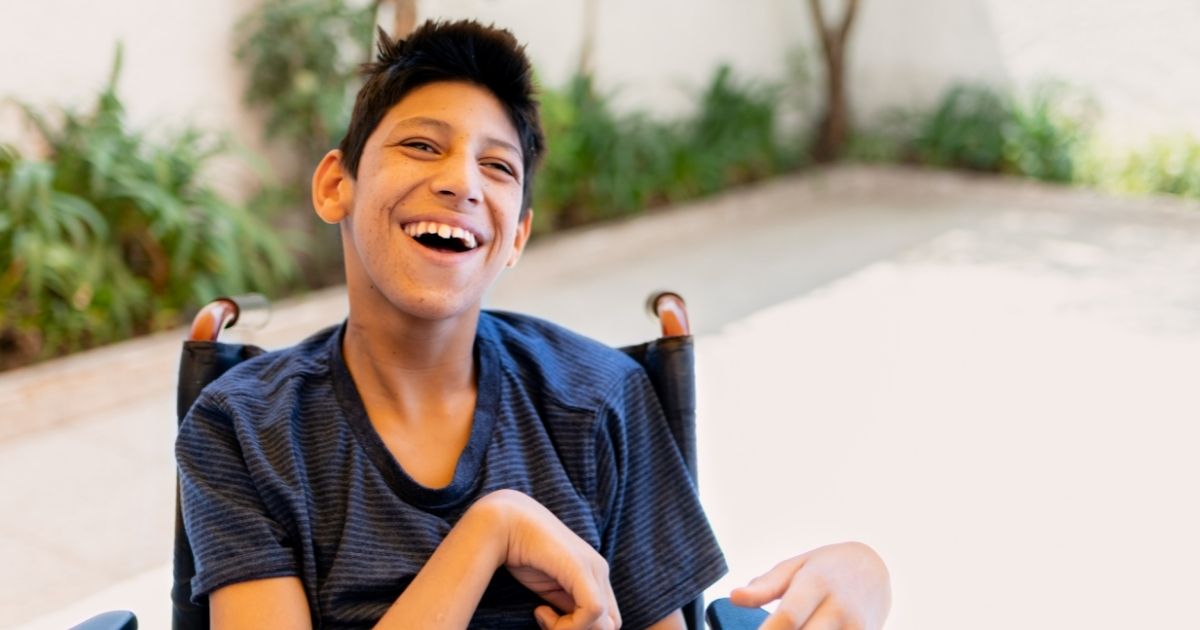
Imaging Studies
Doctors may order pictures of the brain and spinal cord. The pictures can show if there has been damage to these areas, causing the spasticity. The most likely type of imaging they order is magnetic resonance imaging (MRI).
Blood tests
Depending on your child’s health history and their other symptoms, the doctor may order blood tests to look for possible causes. They may ask for tests to look for:
- Infection
- Metabolic abnormalities
- Genetic abnormalities
TREATMENT AND THERAPIES
A team of therapists work with children with spasticity. They can help make progress with:
- Developmental milestones
- Strength
- Muscle tone
- Range of motion
Possible treatments include:
Medications
Splinting, casting, or bracing
Botox injections
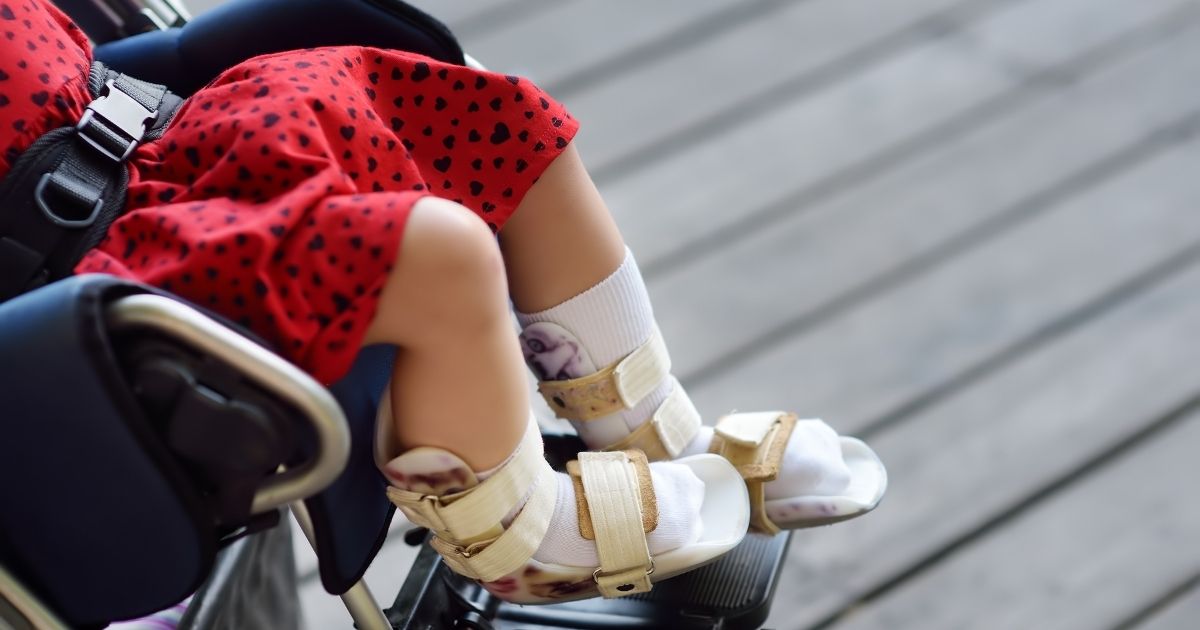
OUTLOOK
Spasticity may get progressively worse, stay the same, or get better with therapies and treatment. This will depend on its cause.
Some children with mild spasticity do not have any issues with normal function. Others with more severe spasticity may not be able to walk on their own. They may not be able to perform daily tasks without help. Usually, the more severely affected the brain or spinal cord is by the underlying cause, the more severe the symptoms of spasticity.
RELATED DISORDERS
Spasticity is often mentioned as a symptom of other disorders. However, just because a child has spasticity does not mean they have these disorders. Two disorders commonly associated with spasticity are:
- Cerebral palsy. A condition related to brain development. It can have many different possible causes. Because the brain is affected, children usually have some degree of spasticity.
- Multiple sclerosis. An autoimmune disorder affecting the nerves. It is caused by the immune system attacking parts of the brain and spinal cord. Because of this, patients often have some spasticity.
Resources
ORGANIZATIONS/GROUPS
Cerebral Palsy Research Network
The mission of the Cerebral Palsy Research Network (CP Research Network) is to optimize the lifelong health and wellness of people with cerebral palsy and their families through high quality research, education, and community programming. The CP Research Network is the largest and most comprehensive collaboration of hospitals and community members working together to improve health outcomes for people with CP. Through a search for Spasticity on their website, you will find articles, videos, and research studies.
Spastic Paraplegia Foundation
The Spastic Paraplegia Foundation, Inc. (SPF) is the only organization in the Americas dedicated to finding a cure for Hereditary Spastic Paraplegia (HSP) and Primary Lateral Sclerosis (PLS). They are a not-for-profit voluntary organization. The primary goal has been to raise money to find a cure. Since their creation in 2002, they have raised and funded over $10 million in research grants. SPF hosts a private Facebook group, Spastic Paraplegia Foundation, Inc #HSPandPLS

PUBLICATIONS
The Cerebral Palsy Tool Kit
Cerebral Palsy Research Network offers The Cerebral Palsy Tool Kit: From Diagnosis to Understanding for parents and caregivers who have a child with a Cerebral Palsy diagnosis. This must-have guide is available in English, Portuguese, and Spanish and available to download for free. You may also purchase a printed copy.
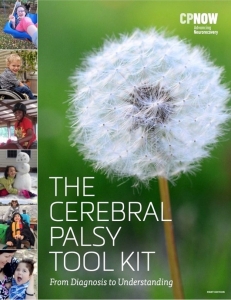
Wellbeing for Parents and Caregivers
Cerebral Palsy Research Network offers Wellbeing for Parents and Caregivers, a supportive resource guide for parents and caregivers who are raising a child, adolescent or young adult with Cerebral Palsy or another disability. Available to download for free.

Child Neurology Foundation (CNF) solicits resources from the community to be included on this webpage through an application process. CNF reserves the right to remove entities at any time if information is deemed inappropriate or inconsistent with the mission, vision, and values of CNF.
Research
ClinicalTrials.gov for Spasticity are clinical trials that are recruiting or will be recruiting. Updates are made daily, so you are encouraged to check back frequently.
ClinicalTrials.gov is a database of privately and publicly funded clinical studies conducted around the world. This is a resource provided by the U.S. National Library of Medicine (NLM), which is an institute within the National Institutes of Health (NIH). Listing a study does not mean it has been evaluated by the U.S. Federal Government. Please read the NLM disclaimer for details.
Before participating in a study, you are encouraged to talk to your health care provider and learn about the risks and potential benefits.
The information in the CNF Child Neurology Disorder Directory is not intended to provide diagnosis, treatment, or medical advice and should not be considered a substitute for advice from a healthcare professional. Content provided is for informational purposes only. CNF is not responsible for actions taken based on the information included on this webpage. Please consult with a physician or other healthcare professional regarding any medical or health related diagnosis or treatment options.
References
Spasticity Information Page. National Institute of Neurological Disorders and Stroke. Updated March 27, 2019. https://www.ninds.nih.gov/Disorders/All-Disorders/Spasticity-Information-Page
Spasticity. The Cleveland Clinic. Published January 28, 2019. https://my.clevelandclinic.org/health/diseases/14346-spasticity
Swaiman KF. Swaiman’s pediatric neurology: Principles and practice. Edinburgh: Elsevier; 2018. Ch 5: Muscular tone and gait disturbances. p. 27–31. https://www.worldcat.org/title/swaimans-pediatric-neurology-principles-and-practice/oclc/993643240
Pina-Garza JE. Fenichel’s clinical pediatric neurology. London: Elsevier Saunders; 2013. Ch 12: Paraplegia and quadriplegia. p. 253-269. https://www.worldcat.org/title/fenichels-clinical-pediatric-neurology/oclc/1036254009
